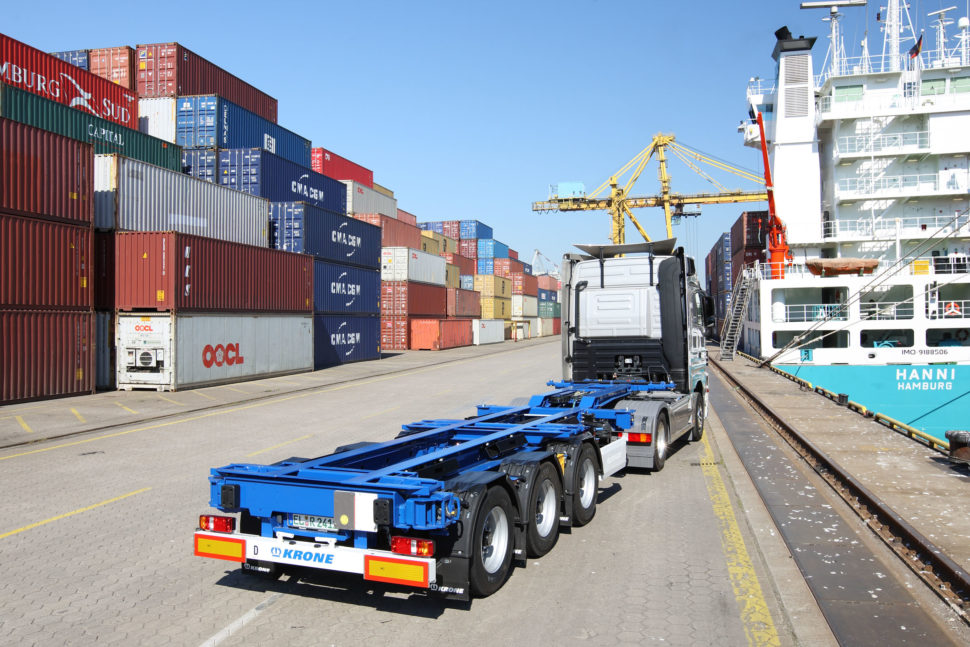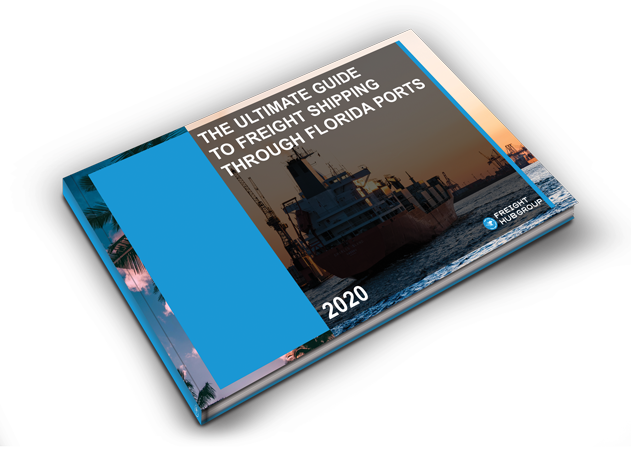Quick Overview: What Is a Container Chassis and How Does It Work?

Container chassis is the backbone of any shipping fleet. A container chassis is a large, boxy truck. It is used to transport shipping containers. The chassis you purchase will be able to hold a certain amount of weight, and the wheels will be able to handle a certain amount of weight. In this article, we will give you a quick overview of a container chassis also has a number of advantages that you should understand, and this blog will cover all the details of what they are, how they work, and why containers chassis are so useful.

What is a container chassis?
A container chassis is a vehicle that has been designed specifically for transporting standard containers. Container chassis can be used for all kinds of purposes, from moving goods to carrying passengers. The term “container chassis” is usually used to refer to a truck that has been converted from its original purpose into a specialized vehicle for hauling containers, but some manufacturers also build custom chassis specifically designed to transport them.
The primary advantage of using a container chassis over other types of trucks is that it allows drivers to move containers without having to unload them first. Today’s vehicles come equipped with features such as ABS, weight sensors, LED lights, and GPS tracking. The process of moving or transporting shipping containers has never been easier. Shipping containers contribute substantially to the ease and efficiency of transportation.
Transport of standard ISO containers (20 foot and 40 foot) can be accomplished using a standard chassis. To transport 20ft containers weighing more than 36,000 pounds or 40ft containers weighing more than 44,000 pounds, a tri-axle chassis is typically required.
It is possible to select different types and sizes of container chassis based on your needs.
Types of Container Chassis:
There are three common types of container chassis. Each of these chassis is designed to facilitate the loading and unloading of containers. Additionally, each chassis is designed to accommodate a variety of container sizes. Take a look at the chassis below.
Tilt container chassis
These containers were designed to make it easy for containers to be unloaded. The chassis is equipped with a device that allows the loading and unloading of an apparatus. This chassis is different from conventional chassis in the sense that it is attached to both upper and lower frames. The frame on the upper side is tilted upward using a hydraulic system.
Extendable container chassis
Due to its extendable nature, this chassis type can be adapted to accommodate all container sizes. The chassis works similarly to a conventional chassis, but it can be extended from the back. Therefore, a larger container can be installed without difficulty.
Common container chassis
The container chassis for this type of container needs no modification or sophistication. Transporting containers from one location to another is accomplished by means of a simple fixed structure. The loading and unloading of containers are accomplished by means of overhead cranes. You can transport containers measuring 20 ft, 40 ft, or 45 ft on a common chassis.
Can you convert a container chassis to a flatbed?
You can, but it’s not something you do on a whim. What you need is a flatbed kit.
The most common conversion is to add a fifth wheel coupling and hitch to the front of the trailer. This allows you to pull a load up onto the bed of your truck and then secure it with straps or chains. The hitch is usually mounted on the back of your truck bed, though some people have used an aftermarket bumper-mounted system.
The most difficult part of converting from container to flatbed is figuring out how to mount that fifth wheel coupling. It needs to be high enough up so that your vehicle won’t bottom out when hauling a heavy load, but low enough so that it doesn’t interfere with your vision when driving down the road.
How much cost is a container chassis?
The question of how much is a container chassis is a common one. The short answer is that it depends on what type of chassis you’re looking for and what features you need
Also, the price will depend on the type of vehicle, its age and condition Normally, the price range you’ll have to pay is between $USD 5,000 and $30,000. If you want to rent it out, you can expect to pay between $20 and USD $40 per day.
Do reefer containers require special trucks or chassis to move?
A reefer container’s most important feature is its temperature control. Reefer containers are designed for the transport of temperature-sensitive goods. These containers are often used by large companies to transport food, pharmaceuticals, and medical supplies across long distances.
Normally, these are designed with insulation, refrigeration units, and heaters to maintain a constant temperature inside the container. This means that reefer-shipping containers don’t require special trucks or chassis to move them.
Tips For choosing the best container chassis:
You already have an understanding of the different kinds of container chassis. Furthermore, you should also know which container chassis is most suitable for your needs. In selecting the right one, you should consider the following factors. Business owners can select what will work best for their daily operations and remain within their budget.
A fundamental understanding of how to pick a container chassis will help you to ensure that your containers are loaded and unloaded smoothly. Additionally, you will save a few dollars in the process. There are several factors to consider:
Usage and requirements
Chassis designed specifically for containers are the best option if you require only transporting containers. However, if you need to move other types of cargo, a flatbed container chassis trailer will be a better choice since it has a dual purpose. A tilt chassis is an excellent option if you need to load or unload cargo at specific locations.
Axles/weight limit
Based on the weight of the cargo or container, you can determine how many axles are required in the chassis. It is important to keep in mind that the greater the number of axles, the greater the load capacity. For everyday use, a two or three-axle chassis is most appropriate.
Expenses
Before choosing a chassis, be sure to consider the specifications and requirements of your container. The cost of a specialized chassis will usually be higher than the cost of a standard chassis.
Recent Posts
Watch our Podcast

THE ULTIMATE GUIDE TO FREIGHT SHIPPING THROUGH FLORIDA PORTS
When it comes to ocean freight shipping in Florida, there is a lot to know to ensure you follow the appropriate steps when shipping into and out of Florida Ports.
Just enter in your email address and receive your FREE E-Book in minutes!